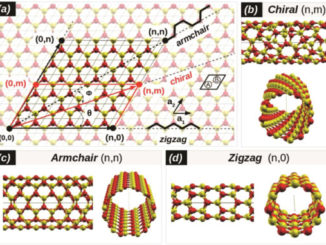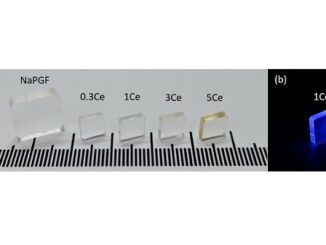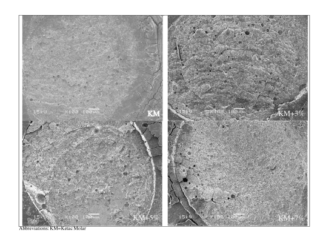
Recent advances on nanohybrid systems constituting clay–chitosan with organic molecules – A review
Abstract: Bionanocomposites include matrices and dispersed phases that combine two or more biomolecules on a nanometric scale to enhance some nanomaterial properties such as biocompatibility and biodegradability. Nowadays, chitosan (CS), a cationic polysaccharide, is one of the most commonly used bioconstituent in the preparation of bionanocomposites with several other materials, such as clay. CS–clay nanocomposites are extensively explored in applications such as drug delivery systems, dressings, food packaging, and contaminant adsorption, due to their improved physicochemical, barrier, and mechanical properties. Recently, the association of organic molecules alongside CS–clay nanocomposites emerged due to the ability of adding new and specific properties for these materials. In this context, we reviewed recent advances on nanohybrid systems composed of CS–clay with organic molecules and discussed their structural interactions, enhanced properties, synthesis method, applications, and toxicological implications. Furthermore, challenges and future perspectives were considered to establish parameters for conducting future research in this field.
Author(s): de Lima, P. H. C.; Tavares, A. A.; Silva, S. M. d. L.; de Moura, M. R.; Aouada, F. A.; Grillo, R.
Applied Clay Science
Published: 1 September 2022, Volume 226, 106548
DOI: https://doi.org/10.1016/j.clay.2022.106548
CDMF
The CDMF, hosted at the Federal University of São Carlos (UFSCar), is one of the Research, Innovation and Dissemination Centers (RIDC) supported by the São Paulo State Research Support Foundation (Fapesp), and also receives investment from the National Council Scientific and Technological Development (CNPq), from the National Institute of Science and Technology of Materials in Nanotechnology (INCTMN).




